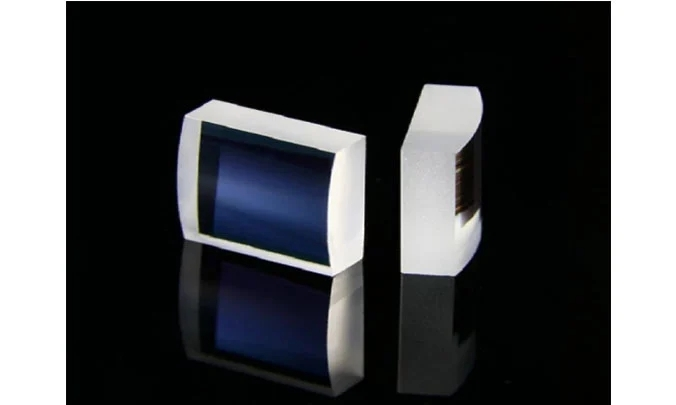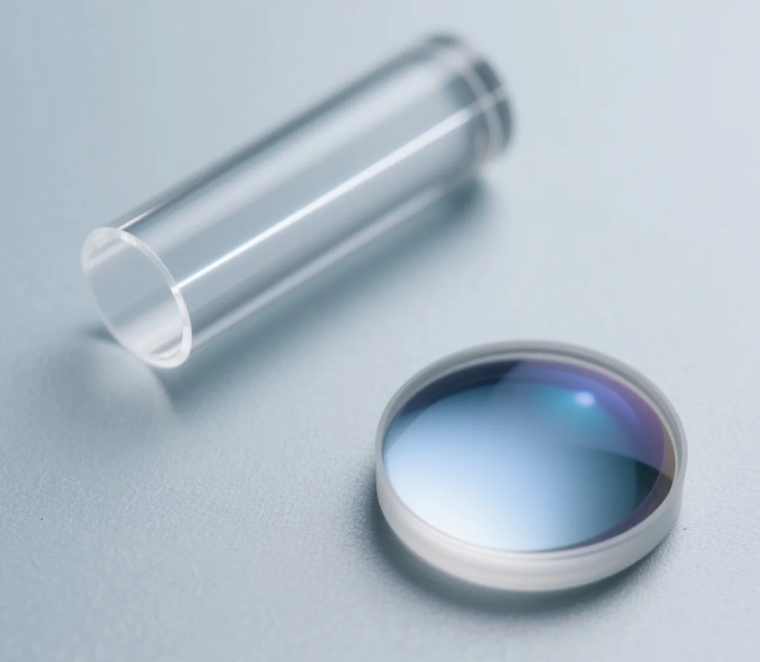When it comes to optical devices such as lenses, the choice between cylindrical lenses and spherical lenses can greatly impact the performance and functionality of various applications. This blog aims to shed light on the key differences between cylindrical and spherical lenses, highlighting their unique characteristics and applications. For those seeking an in-depth understanding of these lens types, this blog will serve as a valuable resource.
Spherical lenses, as the name suggests, have a uniform radius of curvature across their entire surface. They are widely used in traditional camera lenses, eyeglasses, and telescopes, among other visual devices. The curvature of a spherical lens allows it to converge or diverge light, bringing objects into focus. These lenses are often characterized by their ability to correct spherical aberrations, ensuring sharper and clearer images.
Key Features of Spherical Lenses:
Uniform Curvature: Spherical lenses have a consistent curvature in all directions, enabling them to focus light into a single point.
Versatile Applications: These lenses are used in a variety of optical devices, from simple magnifying glasses to complex imaging systems.
Correction of Spherical Aberrations: Spherical lenses are designed to correct spherical aberrations, providing sharper and clearer images.
Applications of Spherical Lenses:
Eyeglasses: Spherical lenses correct common refractive errors like myopia (nearsightedness) and hyperopia (farsightedness), providing clear vision.
Cameras: In photography, spherical lenses are used to focus light onto the camera sensor, capturing sharp and detailed images.
Microscopes: Spherical lenses magnify small objects, allowing scientists and researchers to observe minute details.
Telescopes: In astronomy, spherical lenses gather and focus light from distant celestial objects, enabling detailed observation and study.

Unlike spherical lenses, cylindrical lenses have a curved surface in one direction only. This unique shape allows them to focus light in a single dimension, producing a line focus instead of a point focus. Cylindrical lenses are extensively used in industries such as laser optics, photography, and ophthalmology. They play a crucial role in correcting astigmatism, an optical condition that causes blurred or distorted vision due to irregularities in the curvature of the cornea or lens.
Key Features of Cylindrical Lenses:
Unidirectional Curvature: Cylindrical lenses have curvature in one direction, making them ideal for applications requiring line focus.
Astigmatism Correction: In optometry, cylindrical lenses are essential for correcting astigmatism, ensuring clear and sharp vision.
Versatile Applications: Beyond vision correction, cylindrical lenses are used in laser systems, optical data storage, and imaging technologies.
Applications of Cylindrical Lenses:
Vision Correction: Cylindrical lenses are prescribed to correct astigmatism, improving visual clarity and comfort.
Laser Systems: These lenses are used to shape laser beams into lines or sheets, essential for applications like laser scanning and material processing.
Imaging Systems: Cylindrical lenses enhance imaging systems by focusing light in one dimension, improving image quality and resolution.
Optical Data Storage: In optical data storage devices, cylindrical lenses help focus laser beams onto data tracks, ensuring accurate reading and writing of information.

Now that we have a basic understanding of both lens types, let’s delve into the key differences and their specific applications.
1. Curvature and Focus:
Cylindrical Lenses: Curvature in one direction; focus light into a line.
Spherical Lenses: Curvature in all directions; focus light into a point.
2. Primary Use:
Cylindrical Lenses: Correct astigmatism; used in laser systems, imaging, and optical data storage.
Spherical Lenses: Correct myopia and hyperopia; used in eyeglasses, cameras, microscopes, and telescopes.
3. Optical Performance:
Cylindrical Lenses: Provide line focus, essential for applications requiring precise control over light direction.
Spherical Lenses: Provide point focus, suitable for a wide range of optical devices and applications.
4. Versatility:
Cylindrical Lenses: Highly specialized; ideal for specific applications like astigmatism correction and laser beam shaping.
Spherical Lenses: Highly versatile; used in numerous optical devices across various fields.
5. Lens Design and Manufacturing:
Spherical Lenses: Easier to manufacture, making them more cost-effective.
Cylindrical Lenses: Require careful attention to curvature, asymmetry, and orientation, adding to the complexity and cost of production.
When selecting between cylindrical lenses and spherical lenses, it’s essential to consider the specific requirements of your application. For vision correction, the type of refractive error (astigmatism vs. myopia/hyperopia) will determine the appropriate lens. In industrial and scientific applications, the desired focus (line vs. point) and the nature of the optical system will guide your choice.
For Businesses and Professionals:
Optometry Practices: Cylindrical lenses are crucial for diagnosing and correcting astigmatism, ensuring patients receive accurate prescriptions and improved vision.
Laser System Manufacturers: Cylindrical lenses are essential for shaping laser beams, enhancing the performance and precision of laser-based devices.
Imaging and Optical Data Storage Companies: Cylindrical lenses improve image quality and data accuracy, making them indispensable in these fields.
Photography and Astronomy: Spherical lenses are vital for capturing detailed images and observing distant objects, making them a staple in these industries.
In conclusion, cylindrical lenses and spherical lenses offer distinct optical properties and address different requirements in various applications. Understanding their unique characteristics and applications allows us to make informed decisions when choosing the appropriate lens for a specific task. Whether it’s capturing the perfect wide-angle photograph or correcting visual impairments, both cylindrical and spherical lenses play crucial roles in the world of optics. With the advancement of technology and the demand for highly specialized lenses, we can expect continued improvements and innovations in both types of lenses in the future.
Remember, whether you are exploring the world of photography, laser optics, or optometry, the proper understanding and utilization of cylindrical lenses and spherical lenses can significantly impact the quality and precision of your work. Companies like OST Photonics provide high-quality cylindrical optics, catering to the diverse needs of the optical industry.